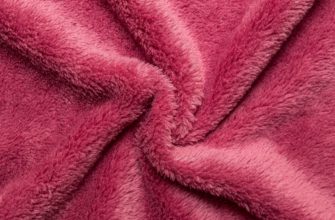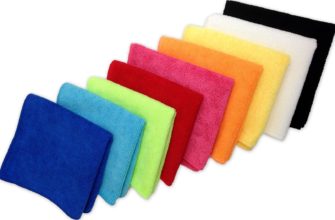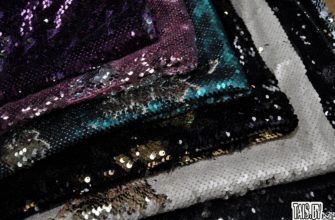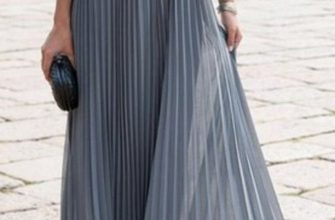People often say: "I can walk in the rain, I have a waterproof jacket." Has anyone ever wondered why the fabric is waterproof? And what kind of fabric is it? The answer is simple - Oxford. No, it is not a city or even a university. It is a material that has amazing properties of not letting moisture through, but also not letting heat out.
History of production
The country where the first oxford fabric was produced in the 18th century was Scotland. The strength of oxford depends on a special weave, which looks like a grouping of threads into separate squares, arranged in a checkerboard pattern. This type of weave is called a burlap weave.

For your information! In the 19th century, this material was used only for sewing men's shirts.
Why Oxford? Because these tasseled shirts were popular with Oxford students. They became part of the uniform, and the name stuck to the fabric.
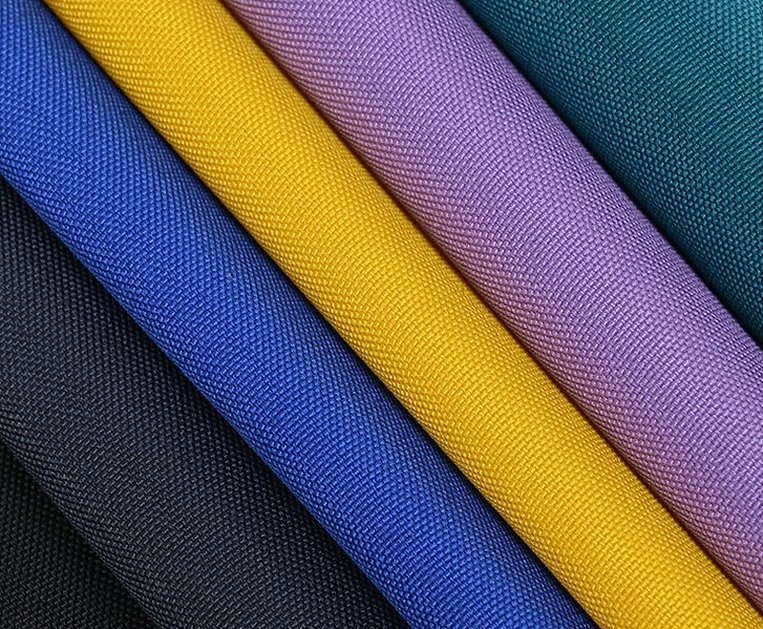
The material is now considered innovative, as it uses polyester and nylon, although initially only cotton was used. This significantly increased the strength and resistance to precipitation.
Below we will look at the characteristics of the fabric using Oxford 600 as an example.
Positive characteristics of the material
Oxford fabric is divided into several types, each of which has its own thread thickness, which affects the characteristics of the material. Each number is accompanied by the letter D - this is an indicator of density measurement (from 150 to 1600).
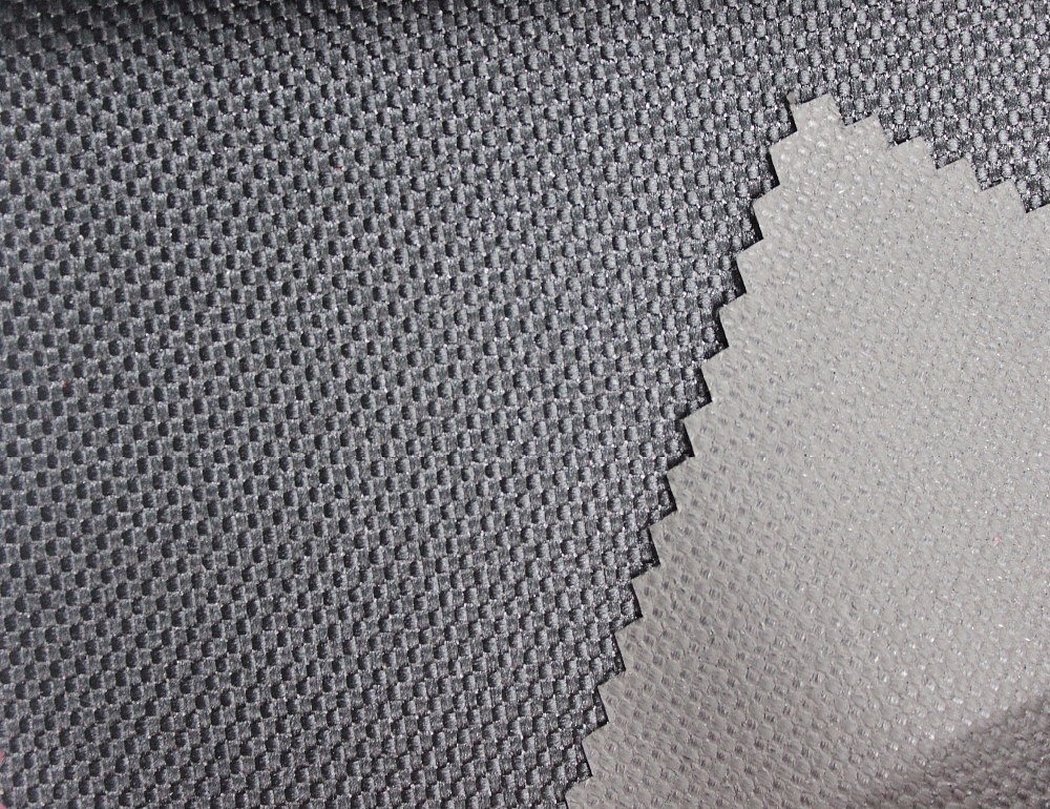
Description of the positive qualities of Oxford 600 fabric:
- The most significant advantage is that it is waterproof;
- dense material is durable and wear-resistant;
- Excellent dirt repellent;
- heat resistance. The material retains heat well inside the product;
- cleans quickly.
With the application of special reagents, the material can:
- be fireproof;
- withstand exposure to chemicals (PVC (polyvinyl chloride) is used, which protects against alkalis and mineral acids);
- be waterproof.
Oxford 600 fabric is mainly used to create work or camouflage clothing, overalls, camping gear, clothing and gear for fishing and hunting. As a rule, the color range is in green, yellow, brown and black tones.
Important! The material is also used for sewing jackets, raincoats, and down jackets, as it retains heat well.
Oxford is often used to cover tents, which provides protection from sunlight, rain, wind and other weather conditions.

As for water-resistant properties, polyurethane is applied to the inner coating, for which the fabric is often called polyoxford. Due to this, the water resistance of the material will increase from 200 to 5000 mm H2O. These are excellent indicators for using the fabric in conditions with high humidity or in areas with open winds.
Types and designations
In addition to this marking, oxford 600D fabric has a number of others. With an increase in the numerical indicator in front of the letter D, the strength indicator will increase:
150 D
This is the thinnest type of Oxford of all. It protects perfectly from light winds, is used in the production of jackets, windbreakers, light raincoats, bags and hiking backpacks. It is often sewn onto the top layer of down jackets to give an aesthetic appearance.
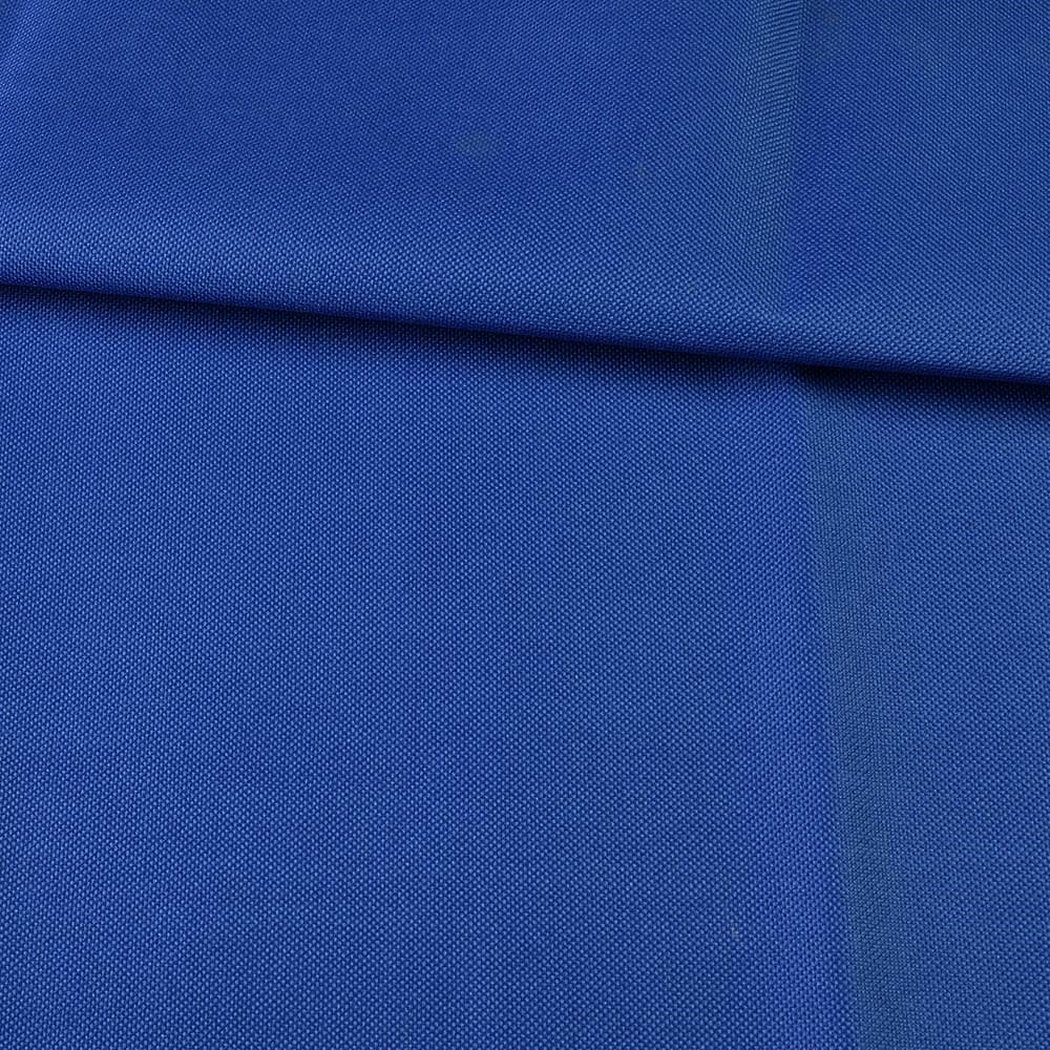
210 D
Here the strength is higher than 150. This material is used in the manufacture of hiking backpacks and tourist equipment, light jackets for hunters. It is used to sew everyday uniforms for law enforcement agencies and special services.
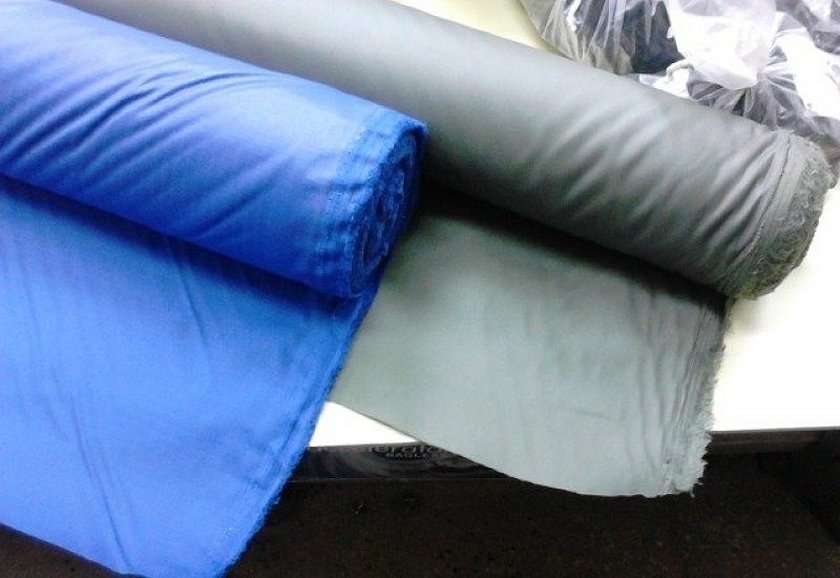
240 D
It has good strength indicators. It is used to make tourist equipment and tent awnings. It protects well and does not let moisture through.
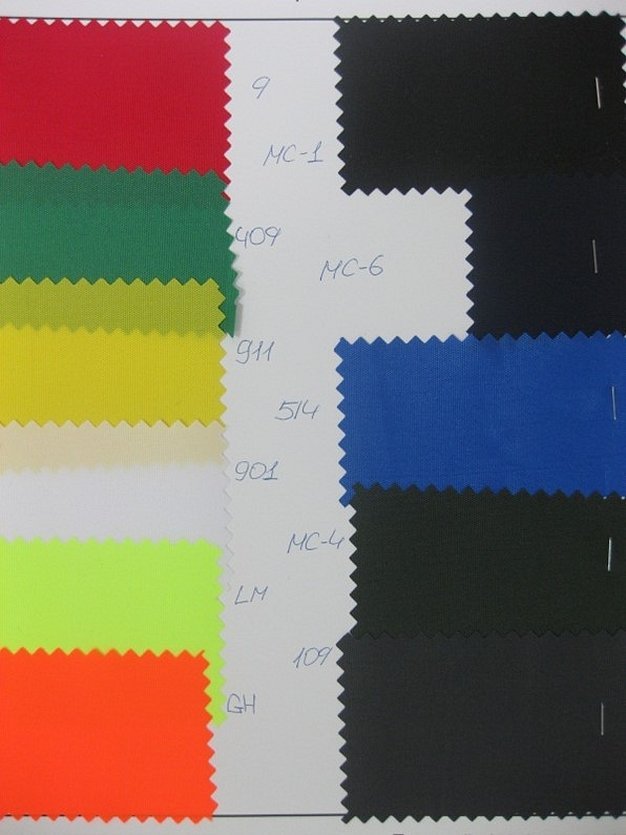
300 D
This marking is the most popular on the market. Fabric with this indicator is used in the production of shoes and bags, fishing equipment and tents.
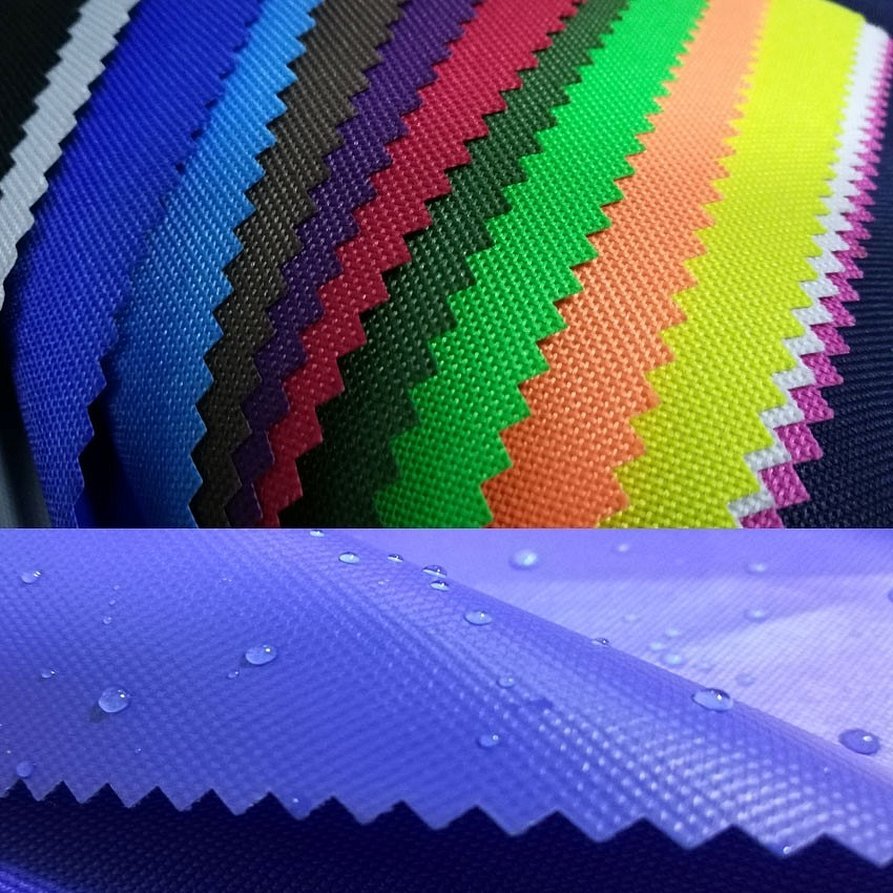
600 D
Here the material is already covered with polyurethane to protect against strong wind and water flows. It is designed for the production of things for more extreme sports: tents, tourist bags and backpacks.
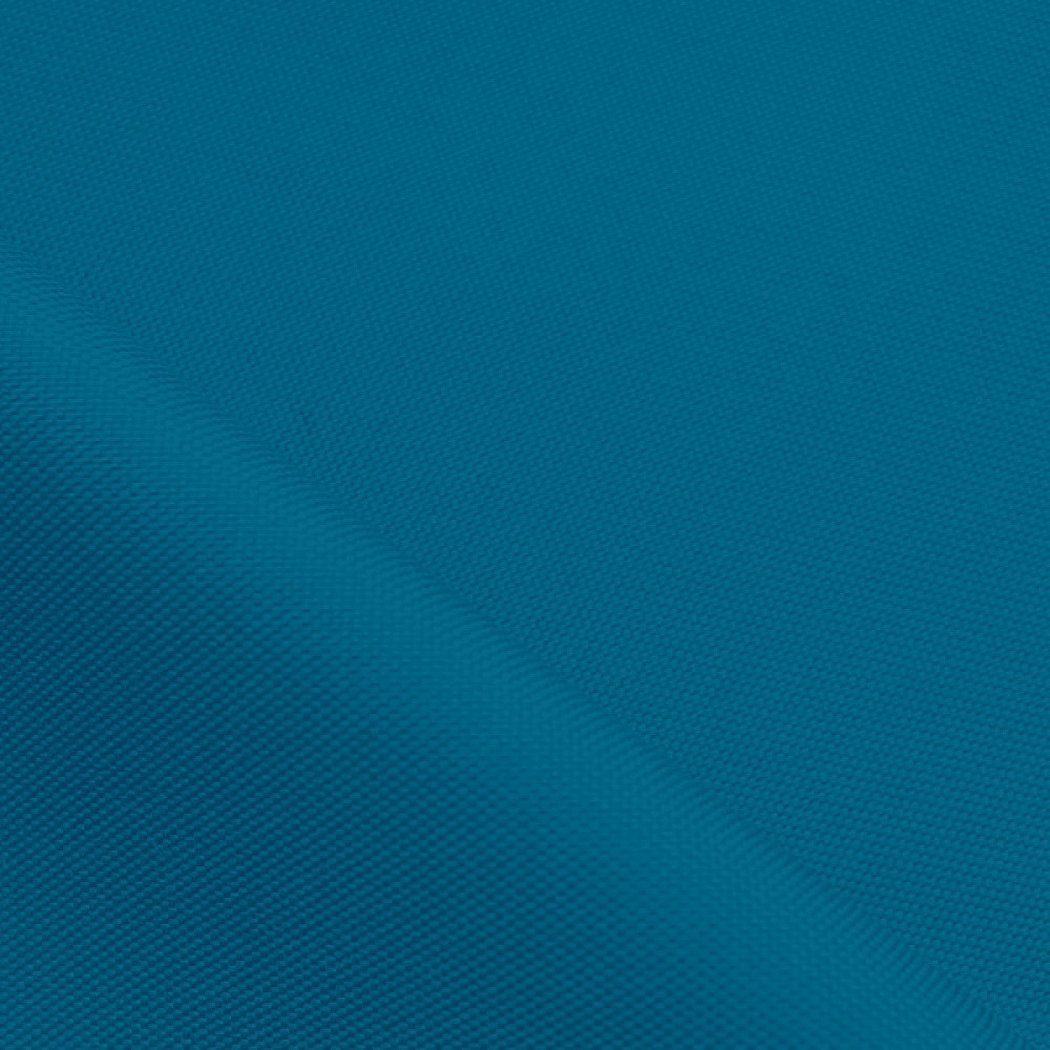
1800 D
Produced for government purposes. Very heavy and dense.
Purpose of the material
The density of the material directly affects its further use. The areas of application can be very different:
- sewing of all kinds of covers;
- production of decorative and household furniture;
- shoe manufacturing;
- production of equipment for tourist recreation and extreme climbing (tents, backpacks, shoes, safety ropes, tourist furniture);
- production of haberdashery (suitcases, bags, backpacks, wallets);
- production of sportswear and accessories for active recreation;
- assistive equipment for children (backpacks, fall protection);
- production of special uniforms for the government and special services;
- production of baby carriages, covers, bags, seats, armchairs.
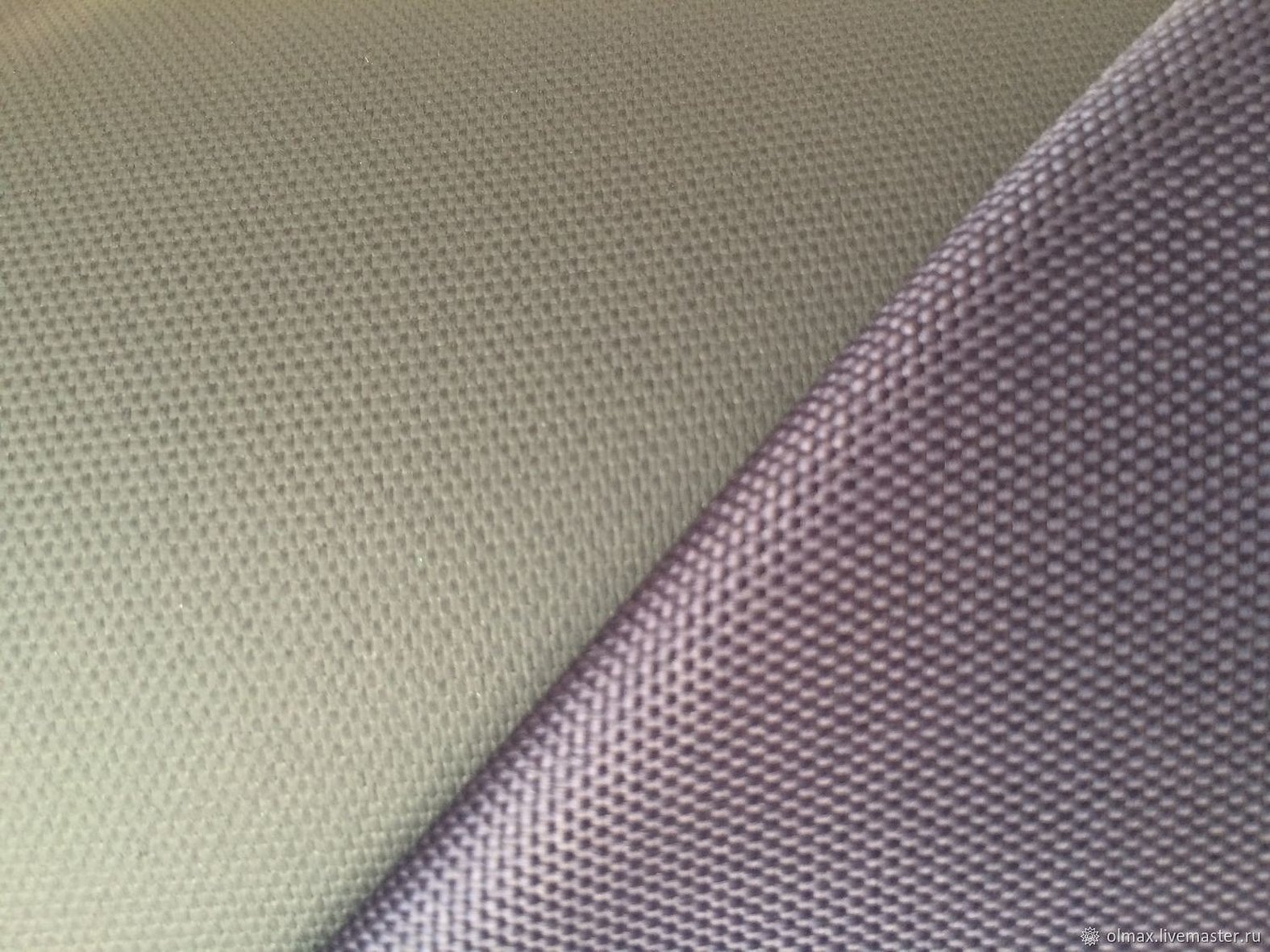
Like any material using chemical elements, oxford has both advantages and disadvantages. The main advantages:
- has increased properties to wear, abrasion, and creasing;
- in fact, it has a small weight, despite its high density;
- has excellent waterproofness. When using additional chemical compounds, the indicator becomes higher, which is beneficial for tourists, hunters, fishermen;
- the material perfectly performs the function of heat resistance. Oxford is not subject to deformation and does not lose heat at -50 °C, and will also withstand heat above 50 °C;
- excellent appearance, light and pleasant to the touch fabric;
- does not require additional care products, just remove dirt with a damp cloth;
- depending on the density it has a nice price.
Significant disadvantages of the material:
- there is absolutely no ability to breathe, which is not very good when worn for a long time;
- afraid of open fire. When in contact with flame, the material undergoes deformation;
- has the property of accumulating static electricity;
- may cause skin irritation.
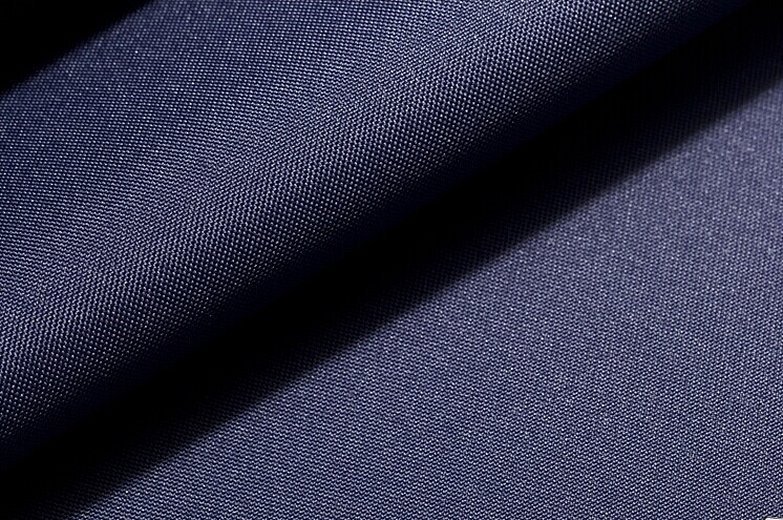
Features of care
Oxfort is extremely easy to care for, requiring no additional cleaning products. What you should know when caring for the material:
- light dirt can be removed with a sponge or simply wiped with a damp towel;
- if a defect appears on the product, then you just need to sew it on or apply a patch on the inside;
- Machine wash up to 40°C, dry clean, hand wash, dry cleaning services are possible;
- Stubborn stains can be soaked in cold water and then rinsed under running water;
- Do not use aggressive cleaning agents. Standard washing gel will be enough;
- You can dry it naturally or use a machine dryer, but on a delicate setting;
- ironing should be done using the "Synthetics" mode on the iron.
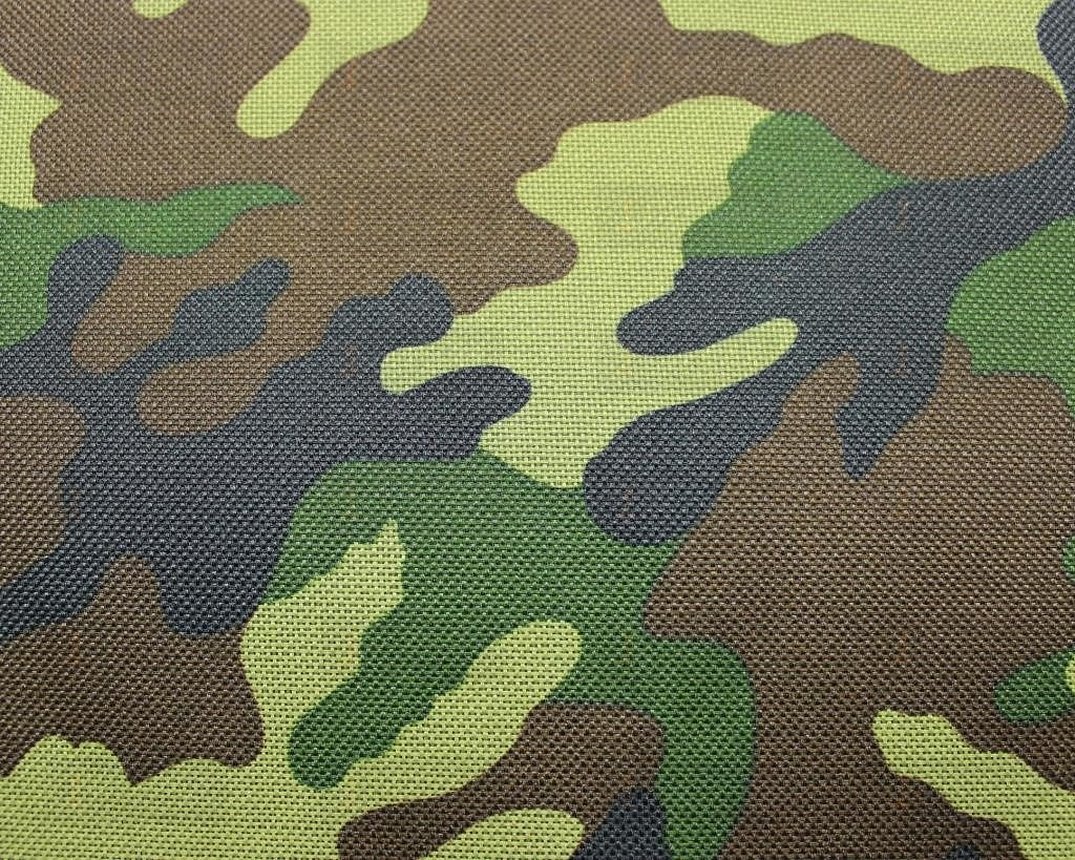
Reviews
Be that as it may, the material evokes mixed reviews.
Natalia, 34: “I have two twins who constantly bring dirt into the house, and I won’t even mention outerwear. My husband and I bought oxford overalls for the winter. It’s the first time we’ve bought this material, we’ve never used it before. The overalls cover the child completely, just put a hat on and he’s ready. On the first day, one fell into a puddle, and the other ran after his brother. I thought they’d come home wet, but when we took off the overalls, the children were completely dry. After washing in the machine, I loaded them into the dryer. I pulled out two completely clean overalls. I’m delighted with this purchase. I recommend it!”
Elena, 38: “My husband is a hunter. That’s why we decided to buy a new jacket for trips in the fall. The consultant advised me to pay attention to the jacket made of oxford fabric. He explained that it’s like a raincoat, only with a warm lining that will keep you warm. After the first trip, my husband was satisfied. The outerwear is warm and doesn’t restrict movement. It washed easily. No stains remained. It’s a great option for hunters and fishermen!”
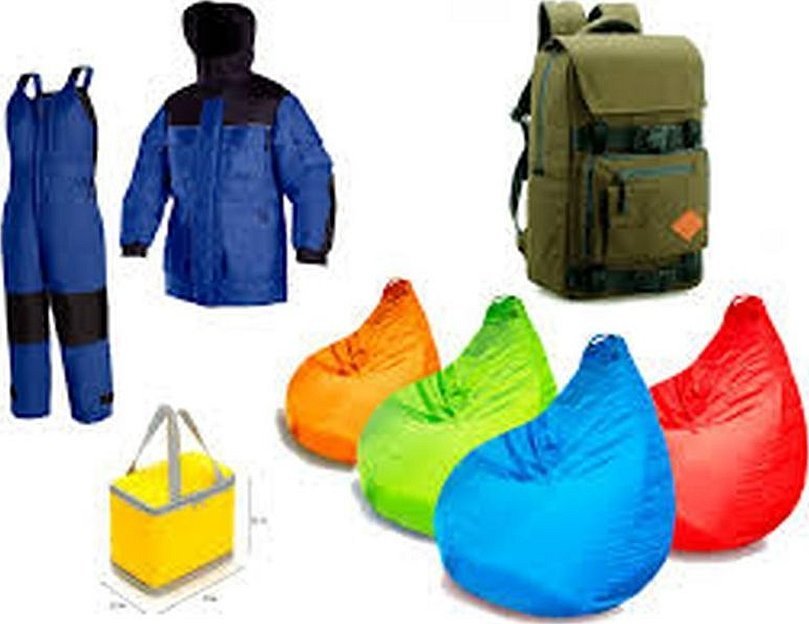
Sergey, 32: “I have been going on hiking trips for a long time. And one day my friends and I decided to go on a trip into nature again. We needed a tent and a few chairs. I decided to order the 240 D Oxford version. As always, it started raining at night, but we didn’t feel a single drop on ourselves. The tent kept the people warm, kept the rain out, and protected our sleep on a cold night. The chairs could even support a huge man. They are foldable, so they can be easily transported.”
Thus, the use of oxford fabric has reliably fit into the modern rhythm of life. Thanks to its unique weaving, the material is dense and heat-resistant. In addition to chemical fibers, it allows you to repel moisture, which is why it has become an indispensable assistant in the military, hiking, fishing and hunting.

